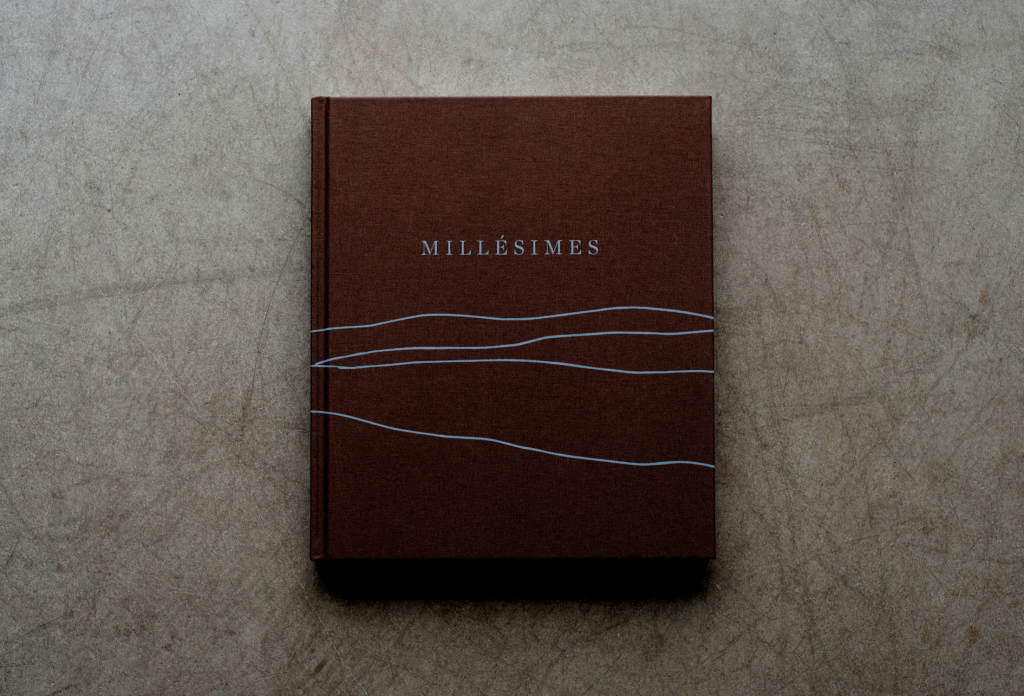However I have come across a fascinating photographic book that has wonderful pictures and images. The book concentrates on a specific Chateau during two years. And with enormous good fortune that Chateau was (and is) one of the most talked about Chateaux in the whole of Bordeaux. The Chateau is Pontet Canet a 5th Growth Chateau (1855 classification) in the Pauillac appellation.

Chateau Pontet Canet has undergone a dramatic transformation in the last twenty years. The Chateau has been owned by three families over the last three hundred years. The current guardians are the charming, innovative, pioneering and hard working Tesseron family. The Tesserons also own an excellent Cognac house and they are always searching for the best quality, whilst also respecting nature and the environment.
With fastidious guidance and an incredible philosophical approach to organic and biodynamic practises in the vineyard the Tesseron family are helped by Jean Michel Comme. Jean Michel lives and breathes the vineyard. A passionate man.
People may agree or disagree with the almost evangelical passion for biodynamics, but for me the most important aspect is whether the wine tastes different or better. I can truly say that Chateau Pontet Canet has dramatically improved the quality of their wines since the early 2000s. The 2005, 2009 and 2010 are outstanding wines.
I regularly visit Chateau Pontet Canet with Bella Wine Tours, as they have a genuinely different approach to viticulture and winemaking. The team at the Chateau are also extremely warm and kind, whilst also being very professional and knowledgeable. It is always great to see Alfred, Melanie, Jean Michel, Daniel, Marie, Alice or Nathalie and I am really looking forward to visiting and tasting the 2014 wine as a barrel sample soon.
Therefore the book 'Millesimes book' by Johan Berglund is a fascinating behind the scenes photographic insight in to the Chateau during the time when Chateau Pontet Canet were blessed with almost perfect weather conditions to make the great 2009 and 2010 wines. In fact the influential American wine journalist Robert Parker gave both these wines 100 points, which is the ultimate accolade for a Bordeaux chateau.
Johan Berglund is a charming young Swedish chap who has a great eye for approaching the subject matter in a different way, whilst conveying the scene and atmosphere. His work has a moody, real vibrancy mixed with profondity especially when he photographs people.
Previously Johan worked with Neal Martin on the photography for the excellent, award winning Pomerol Book.
Johan has very kindly offered small memento picture of Chateau Pontet Canet with the book if you use the code or reference 'BWT' when you order. You can order the book via this link: http://millesimesbook.com/# or email Johan directly: johan@8h.se
This is the perfect gift this Christmas for a wine enthusiast.








